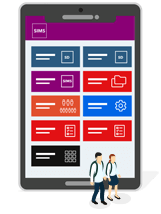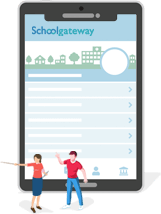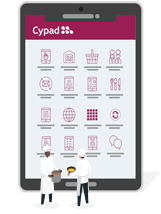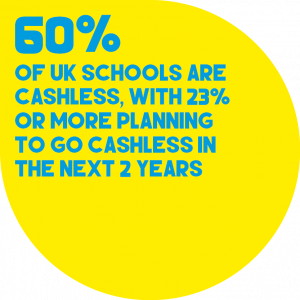A Cashless Revolution
The ‘cashless revolution’ is in full force, and there’s no signs of it slowing down. This revolution describes the trend for schools moving away from dealing with physical cash, but instead transferring their payment items online.
Whether collecting money for school dinners, trips, clubs, or school uniforms, more and more UK schools are choosing to use cashless payment providers, such as ParentPay, to handle their transactions.
Recently, we conducted school budget research with the Lead Association for Catering in Education (LACA), collecting real case studies with the hope to better understand what is driving schools to become cashless, as well as the challenges and benefits that come along with this change.
School Research Shows Continuing Cashless Trend
Has your school gone cashless yet? Chances are that you have, or at least you will be thinking about it.
Our recent research with 1,300 schools across the UK has helped cement the case that schools are still concerned about their school budgets and, as a result, how they can become more efficient and cover revenue shortfalls.
We asked schools to comment on how they were dealing with the impact of legacy budget cuts, and found that cashless schools were faring better than schools who still deal entirely with physical cash.
- 60% of UK schools are already cashless, with 23% or more planning to go cashless in the next 2 years.
- Non-cashless schools expressed that they are more likely to be affected by budget cuts.
- Most schools stated that parental donations would be preferable to cutting staff or resources.
With tight budgets and increasing financial pressure, it’s no surprise that schools are looking for new ways to cut down on costs and increase income. Our findings show that implementing a cashless system can support with this.
Taking a magnifying glass to schools who have already implemented a cashless system, our school research has found that 65% of school dinner payments are totally cashless (up by 5% from the previous year), with 33% of payments being partly cashless, and only 2% continuing to take just cash.
How Can Cashless Systems Solve These Problems for Schools?
Schools who have gone cashless have seen an increase in income, stemming from the amount of staff time which is saved, as well as increased fundraising and income from parents.
School admin staff who work with a cashless payment system will no longer have to manually track and count up cash, and are able to monitor cashflow more closely. This frees up valuable staff time, which can now be spent on more important tasks to improve the running of the school.
During our school research, we spoke to Karl Rogerson from Billesley Primary School in Birmingham, who told us that “ParentPay is efficient and has enabled us to monitor spend more closely.”. Since adopting the cashless software ParentPay, Billesley Primary School have seen 90% of parents activate their accounts in the first year, and a total increase in online income of 114% in the first 3 years.
This is likely down to how easy online payments are for parents, leading to a greater willingness to spend at their schools. They no longer need to worry about physical cash being lost or stolen, and can easily track their spend in one place online.
Anita Donnelly, Office Staff for Our Lady of Compassion Catholic Primary School in Solihull spoke to us about the increase in fundraising due to their new system of collecting payments online: “we have increased our fundraising income by over 180%. Collecting online has made fundraising much easier”.
In the case of Avocet Multi Academy Trust, Trust Finance Officer Zoe Stewart spoke to us about how converting to a cashless system has increased security. For them, holding physical cash on site had always been an issue, so when converting to a purely online system, this risk was almost entirely removed. They have also seen a 55% increase in online income due to the ease of a cloud-based system giving parents peace of mind that their money is being spent in the right places.
But Cashless Schools Aren’t a New Concept…
While cashless systems aren’t the newest idea, it took a while to really get it right.
Some systems weren’t built to be truly cashless (they simply help to move cash) and some systems were too focussed on improving the school dinners process that they didn’t much benefit school staff or pupils. This meant that cash and cheques were still being carried around schools for other payment items, and valuable admin and teaching time was still being lost by collecting and managing cash payments in classrooms.
Anne Bull, LACA chair, comments that: “However ground-breaking, the first wave of cashless systems did not offer the convenience of an online payment facility that parents were accustomed to in their everyday lives. It was a part solution.”
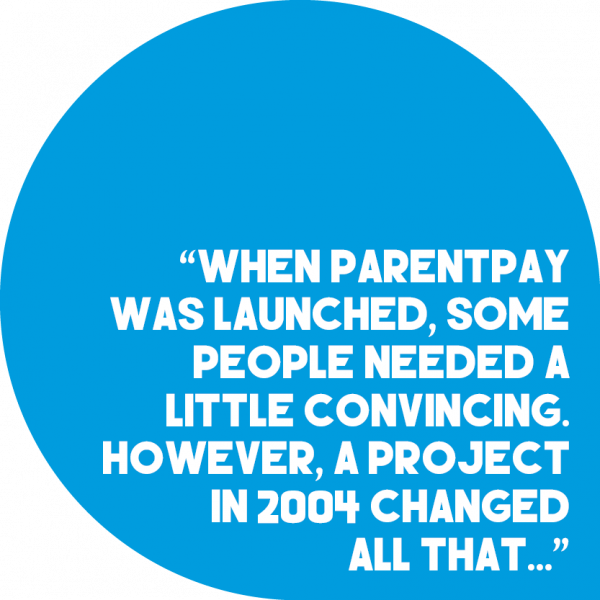 It wasn’t until 2003 when things really started to move in the right direction. ParentPay was originally the brainchild of a teacher and working mum looking to save schools’ time and make life easier for parents. It became the catalyst for a second wave of cashless solutions.
It wasn’t until 2003 when things really started to move in the right direction. ParentPay was originally the brainchild of a teacher and working mum looking to save schools’ time and make life easier for parents. It became the catalyst for a second wave of cashless solutions.
With the focus of saving valuable school time, ParentPay took on a project with Croydon Council in 2004, which really ignited belief in this sort of platform. Anne Bull stated that “when ParentPay was launched, some people needed a little convincing. However, a project in 2004, commissioned by Croydon Council, changed all that and soon provided evidence to dispel any concerns about online payments in schools.”
The work in Croydon continued and can be pinpointed as the start of a truly cashless revolution that is now happening in schools all over the country.
So Has Your School Gone Cashless Yet?
Converting to a cashless system in your school isn’t an easy decision. Our school research has shown that while the benefits can be fantastic, each school requires a bespoke solution tailored to their specific needs.
For example, some primary schools choose not to invest in a cashless till solution for school meals, but still want to gain the benefits of reducing or totally removing cash payments from school. For instance, in Gloucestershire, ParentPay is used as a standalone payment and meal managem/5-ways-that-a-cashless-solution-can-benefit-children/ent solution in 175 primary schools in the county meals contract. This solution has already helped contribute to a 26% increase in meal uptake in schools taking online payments.
To help you out with your decision to convert to becoming a cashless school, we’ve created a checklist of things that you will need to consider when making this change.

